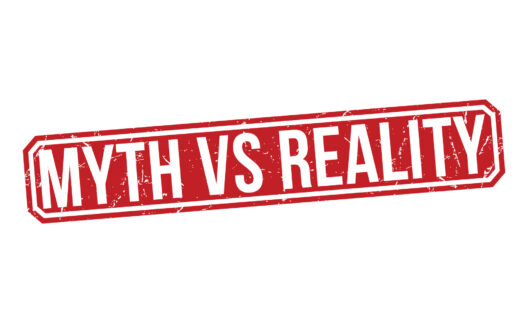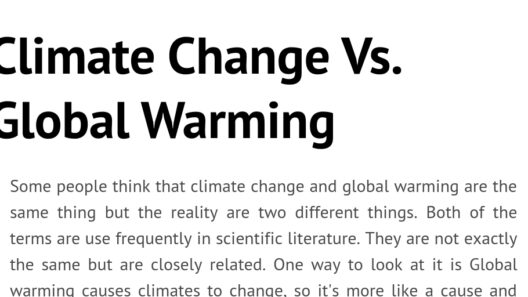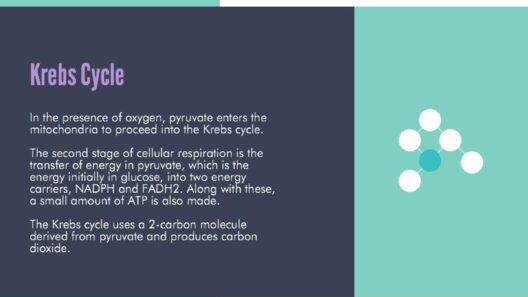Imagine a world where the sun’s rays struggle to reach the earth, trapped beneath a thick shroud of soot and particulate matter—the very essence of black carbon. This ominous metaphor encapsulates the urgent need to address black carbon emissions, a formidable player in the arena of climate strategy. Black carbon, the dark residue generated from incomplete combustion of fossil fuels, biomass, and other organic materials, possesses a dual identity: a potent climate forcer and a public health adversary. In the quest for solutions to climate change, black carbon may be the missing piece in a multifaceted strategy to mitigate global warming and improve air quality.
Black carbon is not merely an environmental pollutant; it is a significant contributor to anthropogenic climate change. Its warming potential is exacerbated by its ability to absorb sunlight and heat the atmosphere. Unlike carbon dioxide, which lingers in the atmosphere for centuries, black carbon has a much shorter lifespan, typically ranging from days to weeks. This brevity grants it an intriguing characteristic—it can be targeted for rapid reductions, yielding immediate and meaningful climatic benefits. Thus, addressing black carbon emissions presents a unique opportunity to implement relatively swift interventions that could yield visible changes in the climate trajectory.
The mechanisms by which black carbon influences climate are complex and worthy of scrutiny. When wood or fossil fuels are burned inefficiently, they produce not only carbon dioxide but also soot particles, which are expelled into the atmosphere. Once suspended, these particles can travel vast distances, settling on ice and snow, altering their albedo—reflectivity—and causing accelerated melting. Regions like the Arctic, already sensitive to climate change, are disproportionately affected by black carbon deposits, which exacerbate the warming process. Eloquent research underscores that reducing black carbon emissions could significantly mitigate the rate of ice melt, preserving ecosystems and indigenous communities that rely on glacial water sources.
Without doubt, the public health implications of black carbon are dire. Exposure to black carbon particles can lead to a myriad of health issues, including respiratory diseases, cardiovascular complications, and premature mortality. Vulnerable populations, particularly in developing nations, often bear the greatest burden. Consider the families cooking over traditional stoves, where wood or charcoal is burned inefficiently, releasing harmful pollutants into their homes and communities. By adopting cleaner cooking technologies and fuels, there lies an undeniable opportunity not only to combat climate change but also to enhance public health outcomes.
Moreover, the unique charm of addressing black carbon emissions lies in the potential for integrating this strategy into broader climate action plans. Decisions around energy, transportation, and land use often neglect this crucial element, focusing instead on the more prominent greenhouse gases like CO2. However, as nations formulate their commitments under international climate agreements, it is vital to weave black carbon reduction into the fabric of these discussions. An array of solutions awaits—ranging from increased efficiency in vehicles and industrial processes to renewable energy adoption and better waste management practices.
Innovative strategies, such as promoting the use of cleaner-burning stoves, converting waste to energy, and deploying advanced emission-control technologies, can pave the way for significant societal shifts. By harnessing both policy and technology, countries can dramatically reduce black carbon emissions. Coupled with reforestation efforts and improved land use practices, these actions can bolster resilience against climate impacts, painting a picture of a more sustainable future.
Nevertheless, the implementation of a comprehensive approach to black carbon emissions reduction is riddled with challenges. Political will, financial resources, and public awareness are often lacking. Continual advocacy and collaboration are imperative—engaging stakeholders across sectors, from governments to non-profits and private enterprises, to support scalable solutions. In addition, engaging local communities in awareness-raising campaigns—empowering them with knowledge and resources to adopt cleaner practices—can foster grassroots movements that amplify the push for systemic change.
Transitioning toward a holistic climate strategy that embraces the reduction of black carbon offers not only environmental benefits but socio-economic gains. Investments in cleaner technologies and practices can create jobs, enhance local economies, and improve quality of life—all while simultaneously contributing to global climate goals. Essentially, black carbon serves not only as a climate challenge but as a gateway to broader societal transformations that resonate beyond simply reducing emissions; it opens the door to a sustainable renaissance.
Integrating black carbon emissions into climate strategies calls for a paradigm shift in how we conceive of and respond to climate change. It emphasizes that climate action is not merely the realm of reducing carbon dioxide but encompasses a comprehensive understanding of all emissions types. Just as a tapestry is woven with diverse threads to create a coherent picture, so too should our climate strategies incorporate the vital strands of black carbon reduction to forge a robust and resilient approach to sustaining our planet.
In conclusion, addressing black carbon emissions emerges as a crucial and immediate element of effective climate strategy. In understanding its implications—both for climate and for human health—we can harness the potential for swift action. By weaving this innovative thread into the intricate fabric of climate solutions, societies can take strides toward a more equitable, sustainable future. Let us rise to the occasion, taking bold actions today for a vibrant tomorrow, where the sun’s strength is not obscured but celebrated, shining brightly for generations to come.






